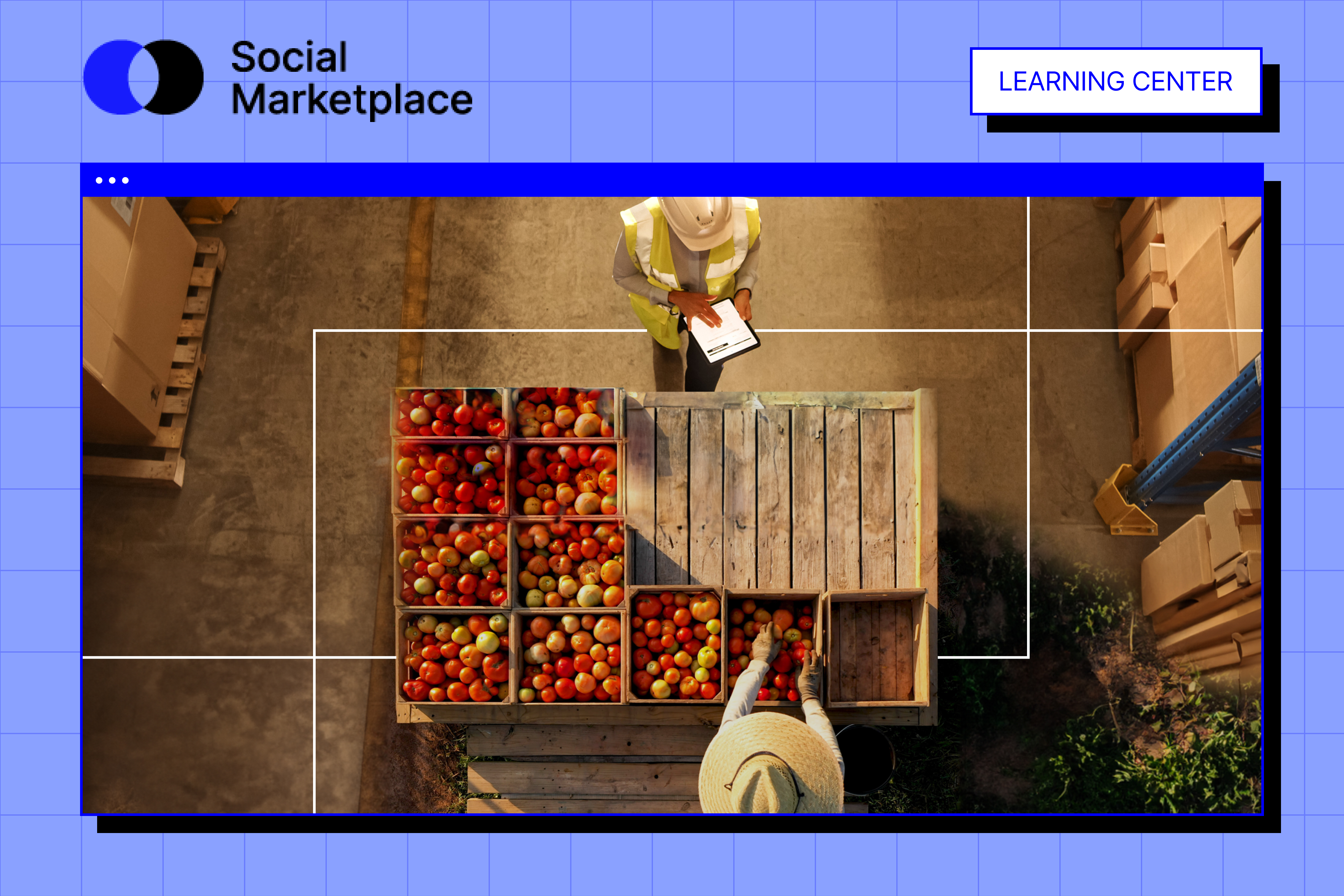Unlocking efficiency: How data-led sourcing can optimize businesses

Improving sourcing means identifying, evaluating, and selecting suppliers who can provide the best value while also ensuring quality and safety standards. Enhanced sourcing practices enable businesses to increase efficiency, minimize risks, and strengthen their competitive advantage.
The importance of collaborating with suppliers
Fostering strong relationships with suppliers based on trust, open communication, and collaboration is a crucial first step in starting the sourcing process. By engaging suppliers early, buyers can seek their input and drive improvements at every stage of the supply chain.
By forging long-term partnerships with trusted sellers, buyers ensure a reliable supply of products and reduce the risk of disruptions. With two or more suppliers, buyers can leverage better economies of scale, negotiate favorable contracts, and reduce costs. Also, engaging with knowledgeable suppliers allows agribusinesses to access new technologies and processes, encouraging innovation and new solutions.
Improving efficiency and reducing costs
Implementing thoughtful sourcing practices allows businesses to optimize their procurement processes, resulting in cost savings and increased operational efficiency. By consolidating their purchasing power and negotiating favorable contracts, buyers can secure better prices and terms from suppliers.
Buyers should leverage data analytics for informed decisions. A recent survey showed that 79 percent of procurement teams lacked dedicated software to track performance and data accurately. Thus, strategically using data to source and monitor the supply chain can offer a competitive edge, helping businesses identify trends, optimize performance, and drive down costs.
Mitigating risks
Buyers can reduce supply chain risks by diversifying their supplier base, monitoring market trends, and establishing contingency plans. Introducing long-term strategies like dual-sourcing and increased inventory can lessen disruptions from natural disasters, geopolitical factors, and market fluctuations.
83 percent of supply chain leaders reported that procurement measures taken over the past two years decreased supply chain disruptions in 2022. Thus, proper sourcing can also support proactive measures like supplier diversification, market intelligence, and contingency planning.
Supply chain visibility
Another procurement challenge is overseeing the entire supply chain, which involves ensuring quality and safety standards, compliance, and regulations. Data-led sourcing tackles this by introducing robust supplier evaluation processes, conducting frequent audits, and setting up quality control mechanisms.
The agricultural sector, with its various stakeholders including farmers, processors, distributors, and retailers, often presents complex and fragmented supply chains. Managing these stakeholders and guaranteeing a smooth goods flow can be daunting. Strategic sourcing addresses this challenge by offering end-to-end visibility and streamlined operations.
Improving lead time
Another important aspect of creating a solid sourcing plan includes improving the lead time.. In a competitive market, every minute makes a difference as customers are more accustomed to instant gratification. Thus, monitoring your lead time and ensuring that improvements can be made where possible are crucial. One of the ways to do this is by implementing digital tracking and tracing, according to the Brookings Institution.
Steps to implement better sourcing
Adopting sourcing strategies led by data demands a systematic approach. The following steps can guide businesses:
- Assess current practices: Conduct a detailed review of current sourcing practices to pinpoint areas for enhancement and potential risks.
- Define strategy: Create a comprehensive strategy in line with the agribusiness's goals. This strategy should detail outcomes, target suppliers, evaluation criteria, and risk management strategies.
- Supplier evaluation and selection: Identify prospective suppliers using criteria like quality, reliability, sustainability, and cost. Subject these suppliers to a thorough selection process.
- Negotiate contracts: Engage in discussions with chosen suppliers to establish mutually beneficial contracts.
- Implement supplier relationship management: Build strong ties with suppliers through open dialogue, collaboration, and trust.
- Continuous improvement: Regularly assess the efficacy of sourcing methods and always look for improvement opportunities.
Key Takeaways
Informed sourcing can be a groundbreaking benefit for agribusinesses. By embracing a proactive and organized approach to procurement, companies can enhance efficiency, minimize risks, and bolster their competitive edge. This ensures that businesses get reliable, high-quality inputs at competitive prices, which drives profitability and long-term success.
To improve your sourcing strategy and find trusted suppliers in the agri-food business, get started with our Social Marketplace.